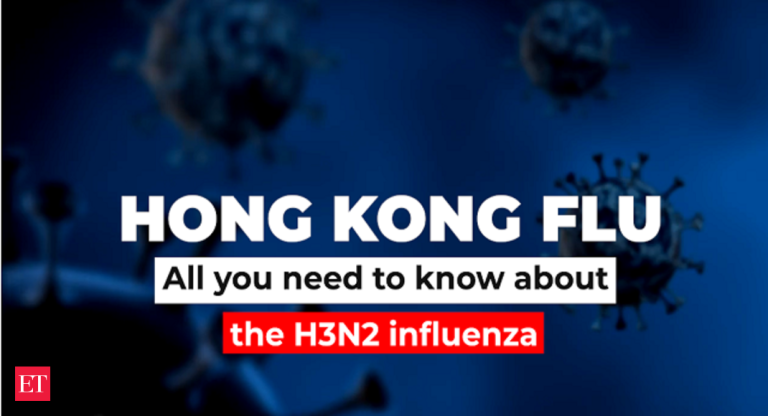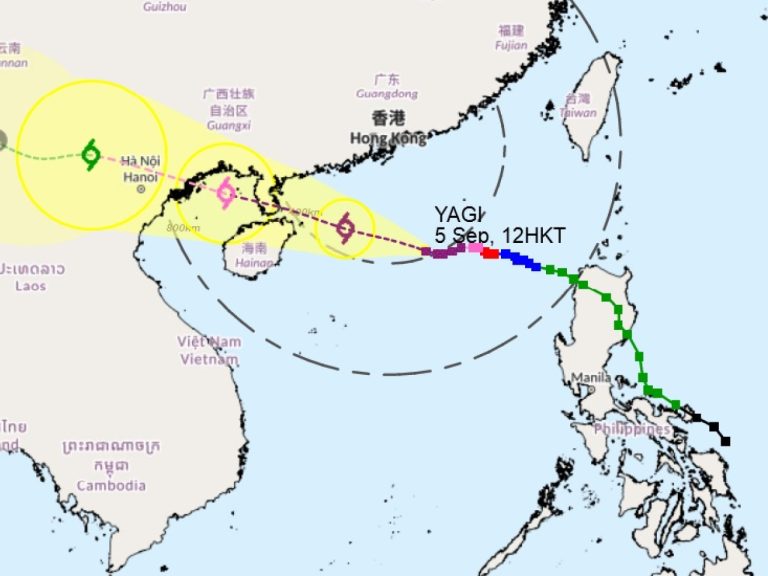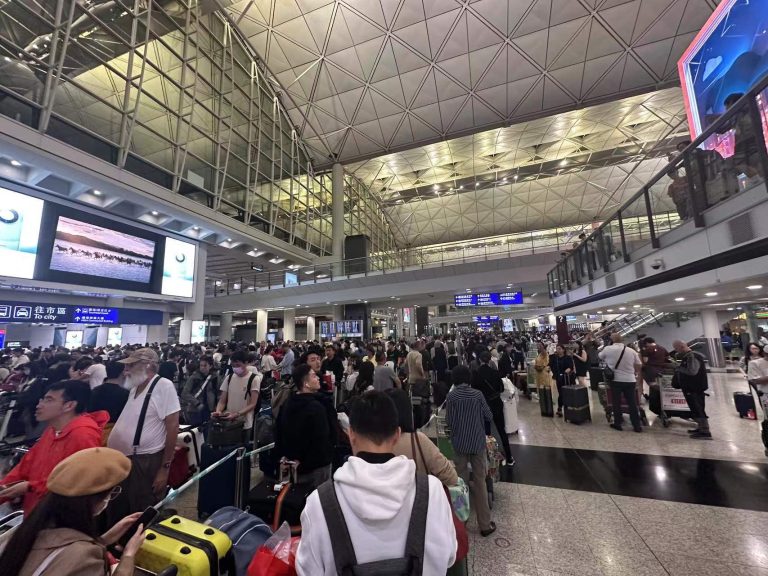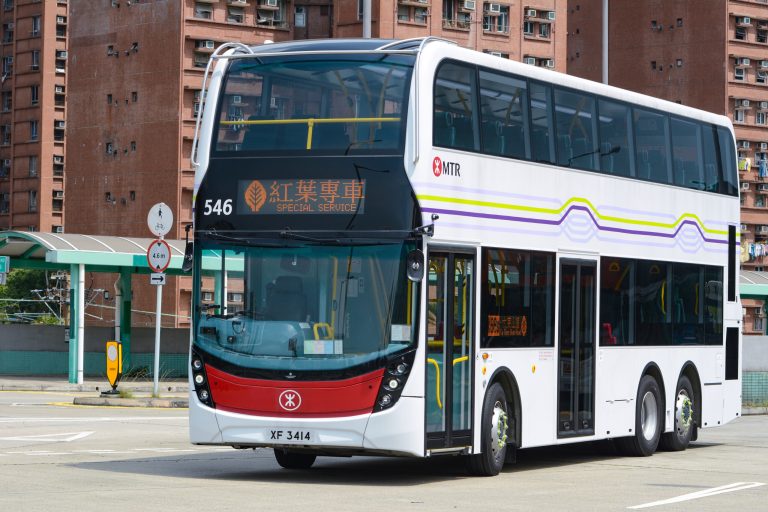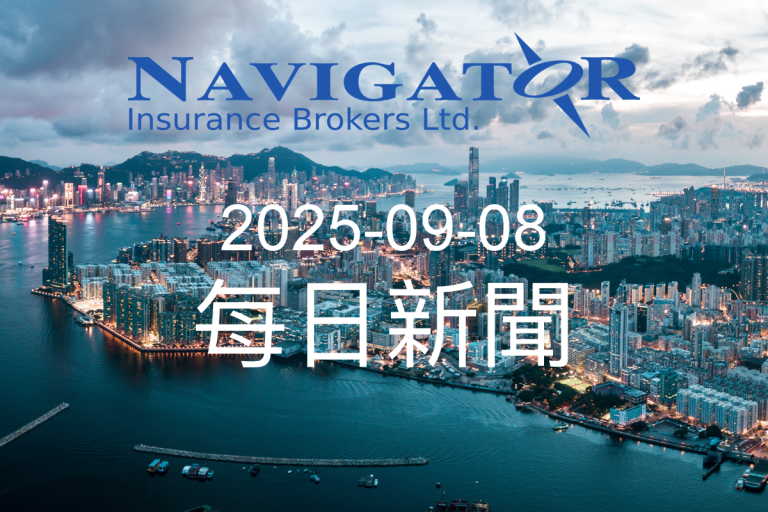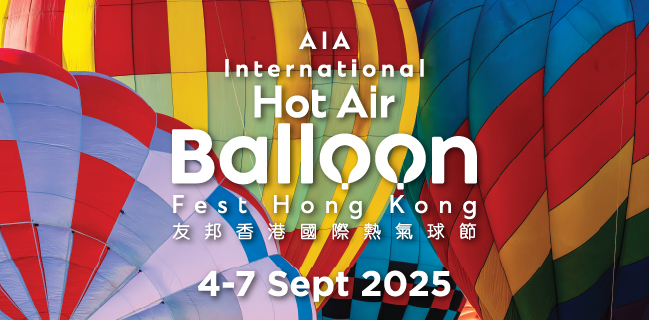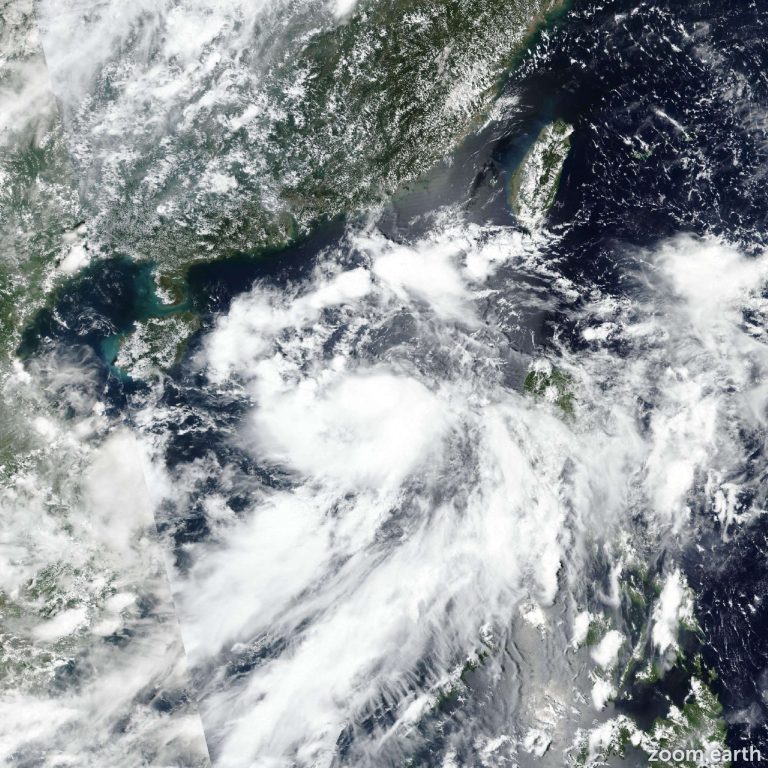Navigating Work Arrangements During Hong Kong’s Extreme Weather Conditions
In an era of increasingly unpredictable weather patterns, Hong Kong workers and employers face unique challenges when typhoons, heavy rain, and extreme conditions disrupt daily operations. The Labour Department’s comprehensive guidelines provide crucial insights into managing workplace safety and productivity during inclement weather.

Understanding the nuanced protocols for different weather warnings is essential for both employees and employers. When Yellow or Red Rain warnings or Typhoon Signals No. 1 and 3 are in effect before working hours, the general expectation is that employees should report to work as usual. However, practical considerations matter. Employees experiencing significant transportation difficulties or road blockages should promptly communicate with their supervisors, who retain discretion in handling individual circumstances.
The stakes rise significantly with more severe weather conditions. When Typhoon Signal No. 8 or Black Rain warnings are issued before working hours, employers should not require employees to come to the workplace. Only pre-designated personnel with specific safety-approved arrangements should report to work. This approach prioritizes employee safety while maintaining essential operational capabilities.

During working hours, the guidelines become even more nuanced. Indoor employees typically continue working unless unsafe conditions emerge. Outdoor or field workers facing transportation disruptions must immediately notify their supervisors. Employers are encouraged to show particular consideration for vulnerable employees like pregnant women or individuals with disabilities, potentially allowing them more flexible arrangements.
The emergence of remote work has added another dimension to these protocols. The Labour Department acknowledges that work nature and industry requirements vary widely, encouraging employers and employees to establish reasonable and flexible work-from-home arrangements. This approach balances safety concerns with operational needs, ensuring productivity while protecting workers from hazardous conditions.
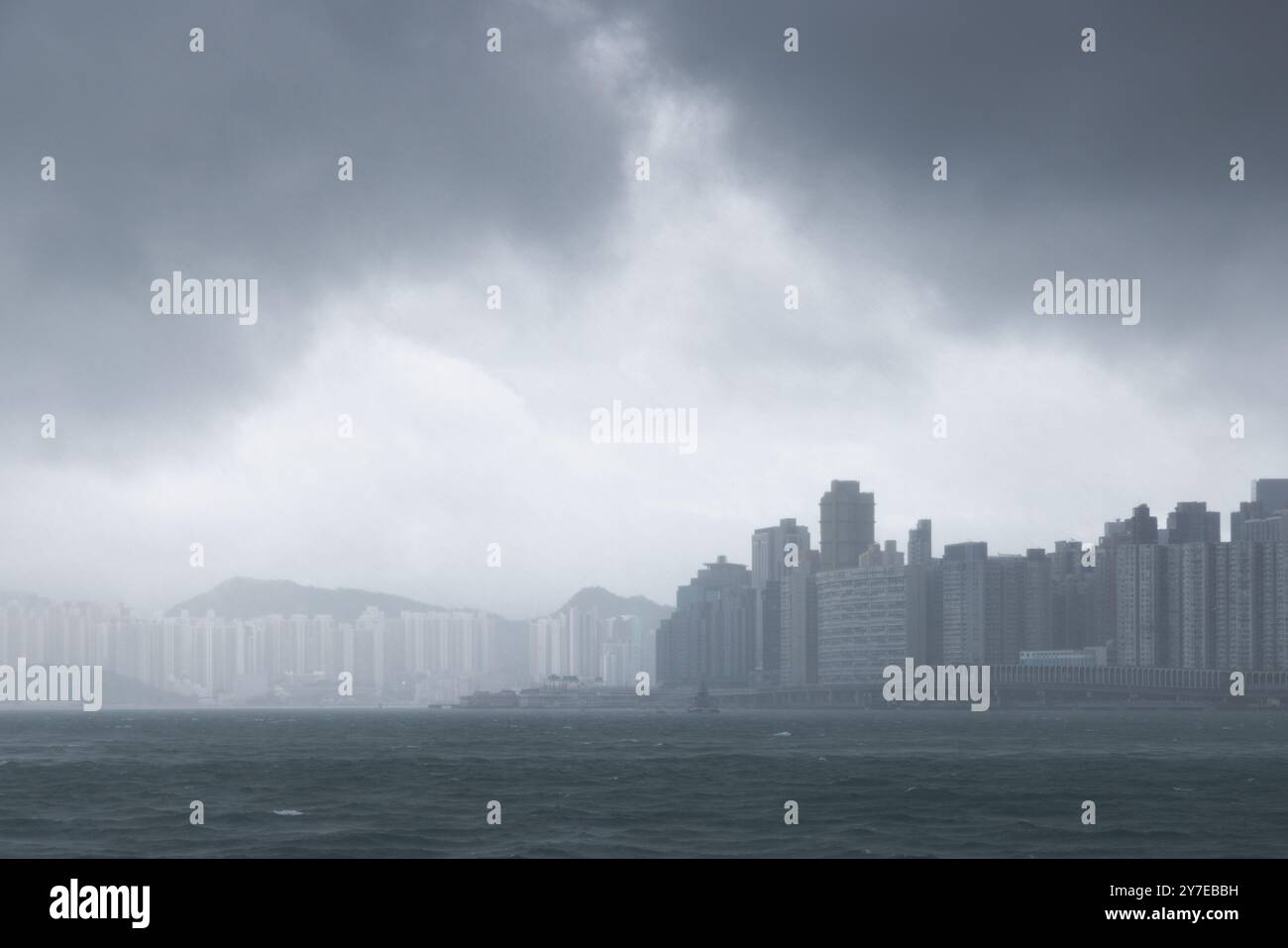
When Typhoon Signal No. 8 is issued during working hours, employers should orchestrate a systematic employee departure, releasing workers in pre-planned batches. If a warning is lifted three or more hours before the workday’s end, employees should aim to return within two hours, contingent on safety and traffic conditions.
Transportation considerations are critical. If public transit is suspended during extreme weather, employers are advised to either arrange safe transportation or provide transportation allowances. This proactive approach helps employees navigate challenging commuting scenarios while demonstrating organizational responsibility.

The overarching principle is clear: employee safety takes precedence. Both employers and employees are expected to stay informed about weather warnings, communicate effectively, and follow established guidelines. The Labour Department’s recommendations serve as a comprehensive framework for minimizing risks during extreme weather events.
While these guidelines provide robust protection, they also recognize the need for flexibility. Each workplace and situation is unique, requiring thoughtful, case-by-case considerations that prioritize human safety without unnecessarily disrupting business operations.
For workers and managers in Hong Kong, understanding these protocols isn’t just about following rules—it’s about creating a responsive, responsible workplace culture that adapts to challenging environmental conditions. By staying informed, communicating clearly, and prioritizing safety, both employers and employees can effectively navigate the complexities of working during Hong Kong’s most challenging weather scenarios.

